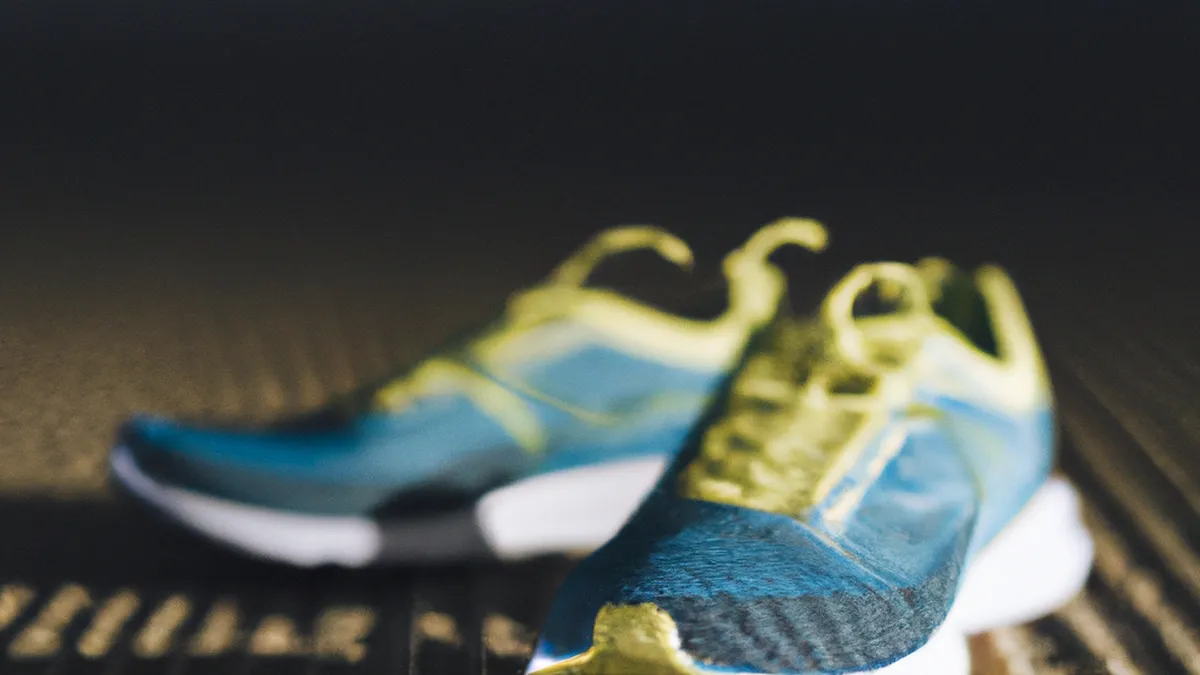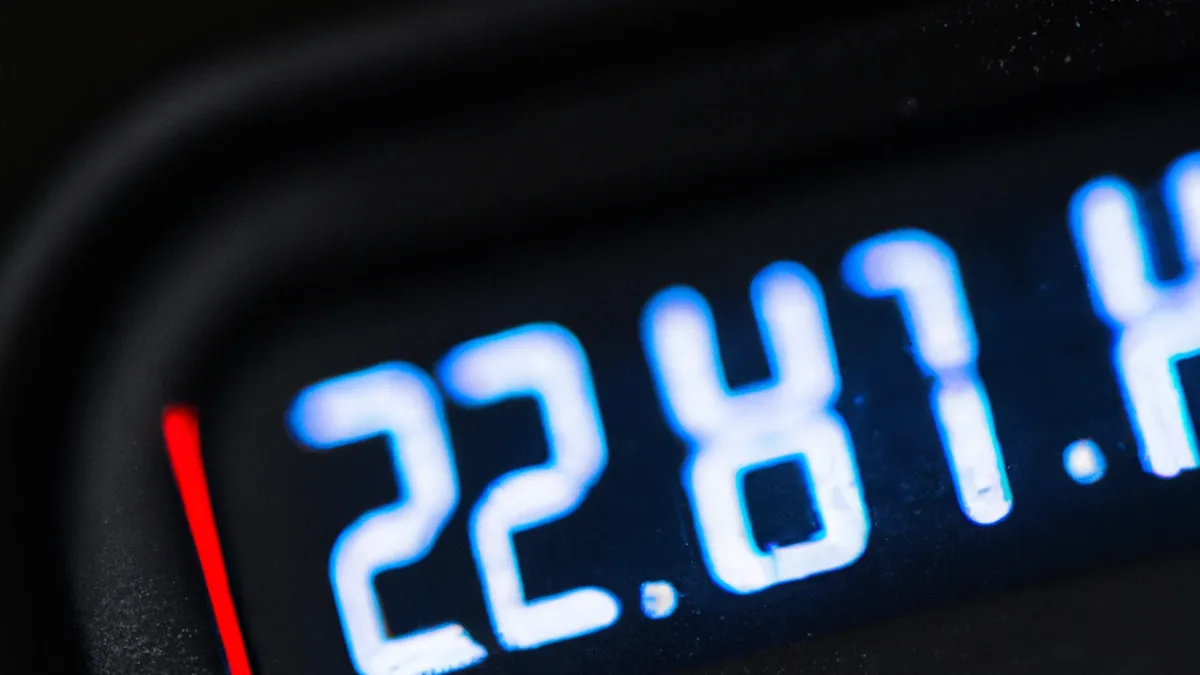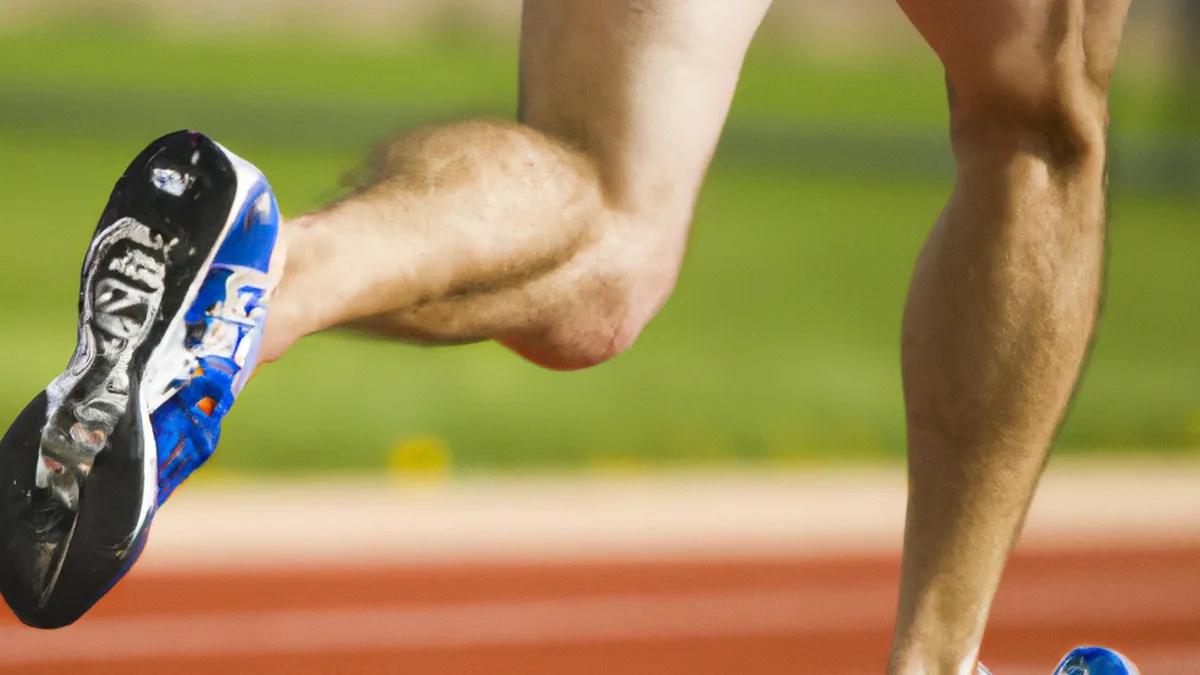Select the Best Shoes for Running
Choosing the Right Training FootwearFinding the right training footwear significantly impacts your workout. The right shoes enhance performance and help prevent injuries. With countless options, choosing the perfect pair can feel overwhelming. Consider foot type, training type, fit, and personal preferences to simplify your decision.
Understanding Your Foot Type
Identify your foot type as the first step in selecting training shoes. Feet generally fall into three categories: flat, neutral, and high-arched. Each type has unique characteristics and requires specific support and cushioning.
Flat Feet
Flat feet have a low or nonexistent arch. This structure often leads to overpronation, causing excessive inward foot movement. If you have flat feet, choose shoes with motion control features. These shoes offer stability and support, reducing injury risk. They typically feature a firmer midsole and additional support structures.
Neutral Feet
Neutral arches have a well-balanced structure and minimal pronation. If you have neutral feet, opt for shoes that combine cushioning and support. Neutral running shoes accommodate your natural movement, providing a comfortable training experience.
High Arches
High arches provide less natural cushioning, increasing pressure on feet and joints. If you have high arches, seek shoes with ample cushioning and flexibility. Additional shock absorption prevents discomfort during high-impact training.
Consider Your Training Type
As an Amazon Associate I earn from qualifying purchases.
Gear tip: consider running shoes, gps running watch, and hydration vest to support this topic.
Think about the activities you engage in most frequently. Different training activities require different footwear.
Running
If running is your primary activity, select running shoes. These shoes use lightweight materials and enhanced cushioning to support your stride. Look for breathable uppers and shock-absorbing midsoles to improve performance. Choose a snug fit that allows toe movement for comfort during long runs.
Cross-Training
For cross-training workouts, choose versatile shoes that handle various activities. These shoes should provide stability for weightlifting and cushioning for high-intensity cardio. A flat sole benefits weightlifting by improving balance and power transfer.
Sports-Specific Footwear
If you play a specific sport, invest in tailored shoes. Basketball shoes offer ankle support and grip for lateral movements. Soccer cleats provide traction on the field. Specialized shoes enhance performance and ensure safety during play.
Conclusion
Choosing the right training footwear enhances your workout experience. Understand your foot type and training needs to find the best shoes.
Below are related products based on this post:
FAQ
Why is it important to choose the right training footwear?
Choosing the right training footwear significantly impacts your workout by enhancing performance and helping to prevent injuries. The correct shoes are tailored to support your specific foot type and training activities, ensuring a safer and more effective workout experience.
What are the different foot types and their characteristics?
There are three main foot types: flat, neutral, and high-arched. Flat feet have a low arch and often require shoes with motion control features, while neutral feet benefit from shoes that combine cushioning and support. High arches need shoes with ample cushioning and flexibility to absorb shock and reduce pressure on the feet and joints.
How do I choose footwear based on my training type?
When choosing footwear, consider the activities you engage in most frequently. For running, look for lightweight shoes with enhanced cushioning, while cross-training requires versatile shoes that offer stability and cushioning. If you play a specific sport, invest in tailored shoes to enhance performance and ensure safety during play.















Post Comment